A look at their evolution in design and function
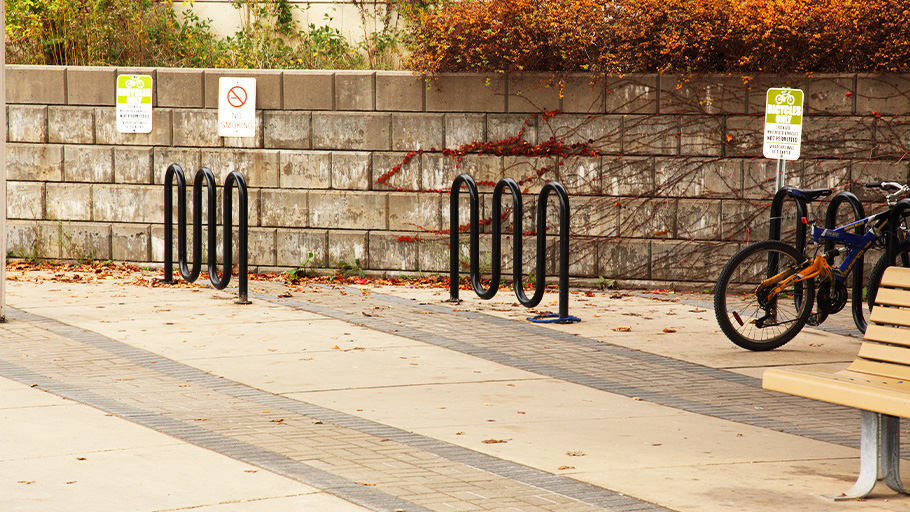
Bike racks fill an essential role in enhancing public spaces and urban infrastructure, providing a convenient means of parking bicycles. Bike racks are available in a variety of designs and materials, from simple ring-and-post designs to complex artistic forms. Have you ever wondered how bike racks came to be and how they have evolved over the years? Let’s explore the history and evolution of bike racks.
When Were Bike Racks First Used?
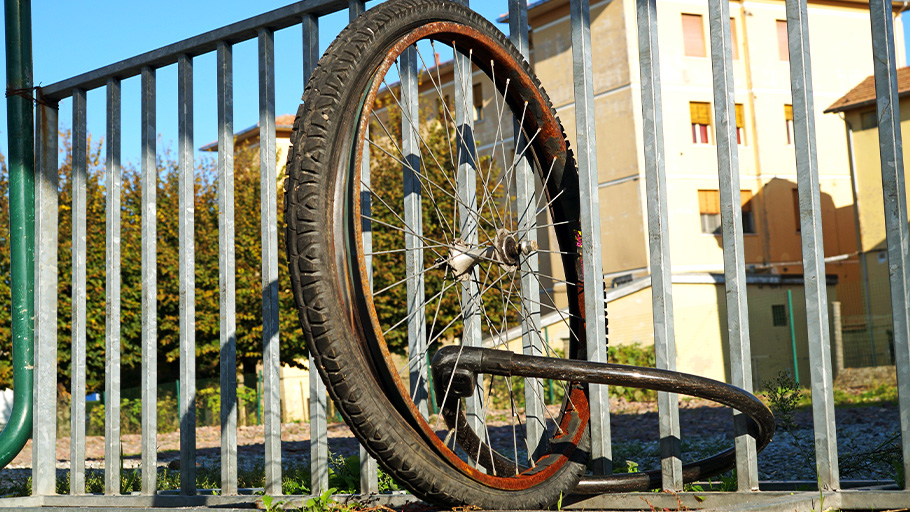
Bike racks were first used in the 19th century when bicycles were becoming a more popular method of transportation in cities. Early designs often secured only one wheel and offered only a few basic styles, most commonly either a simple ladder style, or a grooved concrete block to hold the front wheel in place. These designs weren’t very secure, and bike theft was a common occurrence. Since only the front wheel was held in place, these designs also weren’t very sturdy, allowing bikes to topple over with ease.
How Were Bike Racks First Used?
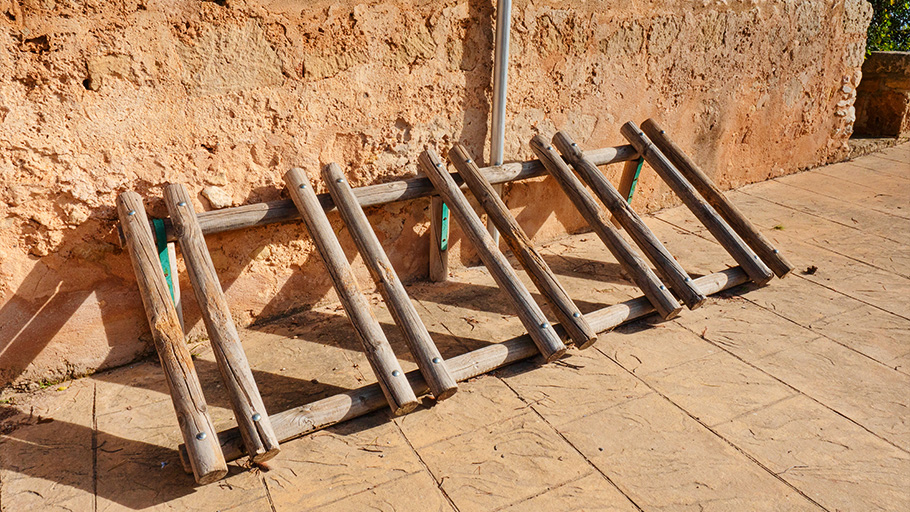
Early bike racks were used much the same way as they are today, outside buildings, public spaces, or on sidewalks. They were installed to provide a convenient, though not particularly secure, place for cyclists to park their bikes while running errands or attending events. Many of these racks were not well maintained and fell into disrepair over time.
How Have Bike Racks Evolved?
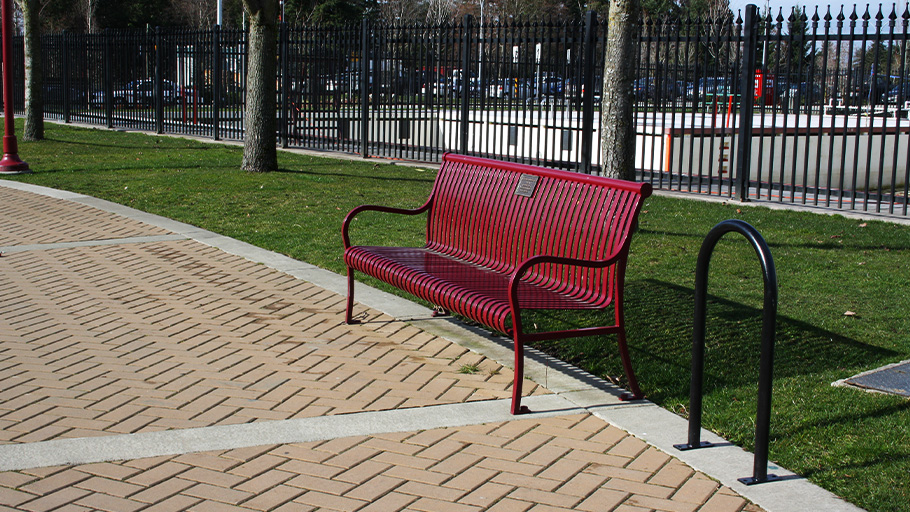
Since their inception, bike rack designs have evolved significantly, with a focus on security, durability, and aesthetics. Modern bike racks are made from robust materials such as aluminum, steel, and stainless steel and come in a wide range of styles to suit different spaces and preferences. As bicycles have gotten more varied and complex, racks have also had to advance to fit a variety of different kinds of bikes such as road bikes, mountain bikes, and even e-bikes.
As cycling has increased in popularity, not only for transportation, but also as a recreational activity, the key requirements that make a bike rack design successful have had to evolve. With bike theft on the rise, design choices have needed to prioritize security, with major design choices based around being compatible with a variety of different bike locking mechanisms, such as U-locks or cable locks.
The need to meet these new requirements brought forth the “Sheffield” design of bike racks. These simple racks consist of a metal bar bent into the shape of a square arch, more commonly known as U-racks. More modern U-rack designs are much less square and take on more of the “U” shape they are named for, and contemporary designs riff off these even further to create circle racks. The height and shape of these racks provide a major security advantage over older designs that only secure the front wheel. The height is typically around the same height of most bike frames, while the shape provides multiple points where U-locks or chain locks can be applied.
The A-frame design came about as a more versatile upgrade to the basic U-rack by adding an additional crossbar to accommodate a variety of different sized bikes. These designs are a much better theft deterrent, allowing riders to secure their bike by the frame instead of a single wheel, which can be quickly removed by thieves.
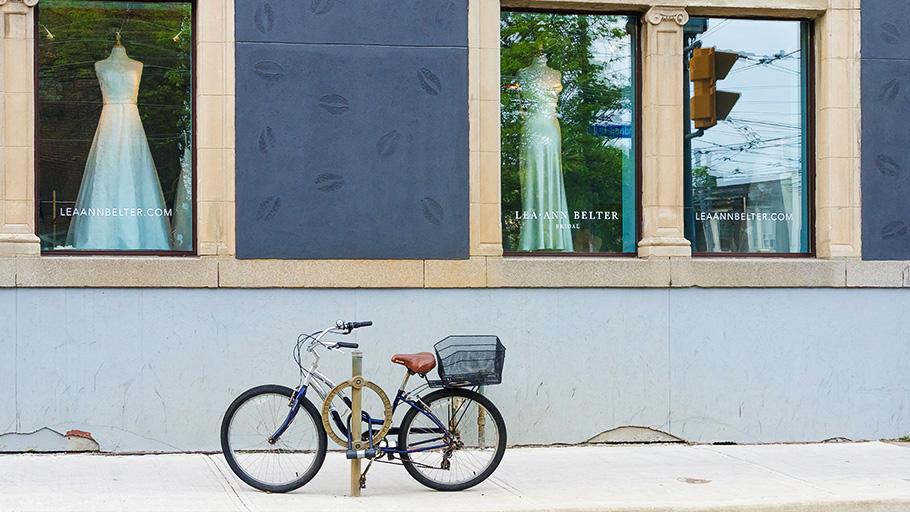
By the 1980s, there was a growing need for a more efficient and space-saving bike parking solution, particularly in densely populated urban areas. As cities became more bike-friendly, the demand for secure and convenient bike parking grew. However, existing bike racks took up a lot of space and were often unsightly and difficult to integrate into the existing landscape.
Designer David Dennis saw an opportunity to utilize existing infrastructure in a creative way to address the issue. Noticing that cyclists were already using parking meters as impromptu bike parking, the slim profile of the parking meter became the basis for his ring-and-post design. By attaching a circular ring to a metal post, cyclists now had something convenient, and secure to lock their bikes to without taking up too much space on already-congested sidewalks.
Modern Designs with Early Influences
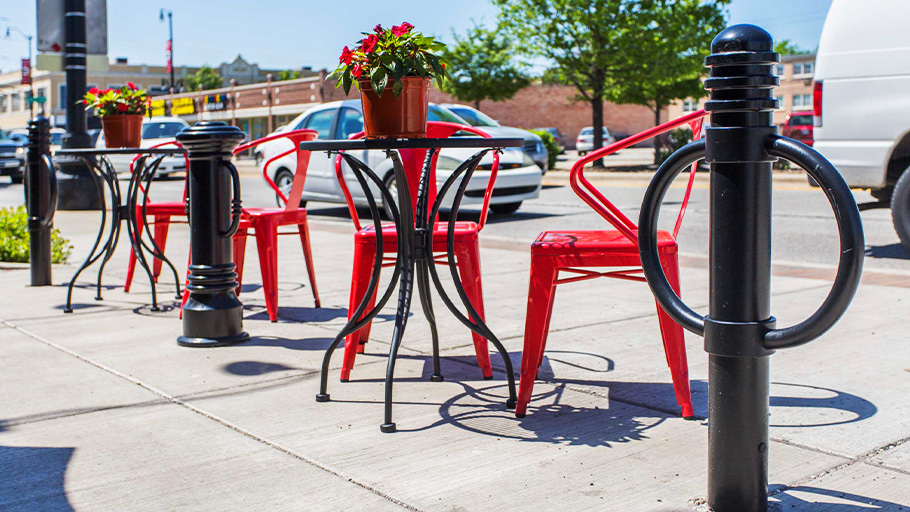
The evolution of bike rack designs has led to the creation of modern examples that build upon earlier influences. One such example is the bike bollard, which has the same basic design as the classic ring-and-post racks of the 80s but integrates bike parking with barriers. This design is particularly useful in urban environments as it pulls double duty, providing both bike parking and protection for pedestrians and infrastructure. Bike bollards come in a range of styles and can be customized to fit different aesthetics, making them a versatile choice for city streets, plazas, and recreational areas.
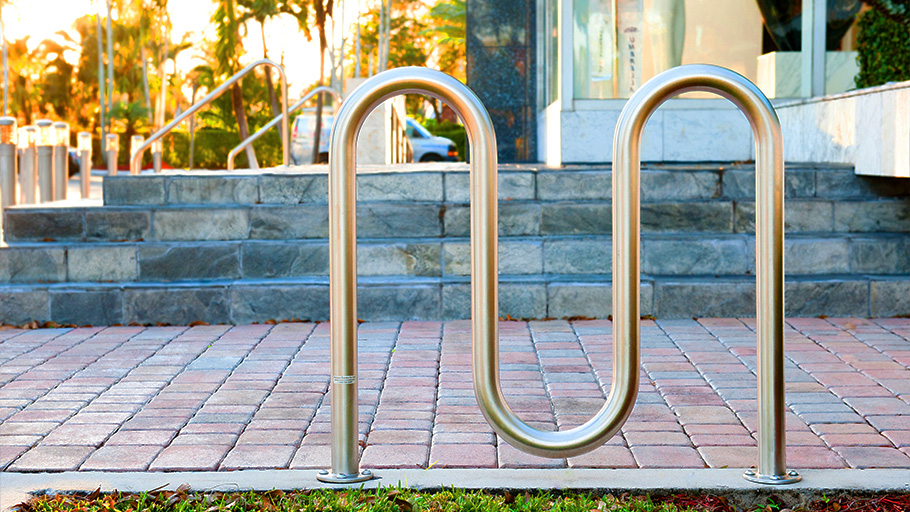
There have also been a variety of modern designs that have expanded upon the basic u-rack. The wave rack design, for instance, features a series of arched loops that allow cyclists to lock their bikes at multiple points. This design not only enhances functionality but also adds visual appeal. The wave rack has become a popular choice for many cities around the world, in part, thanks to the small town of Sheffield, where the basic arched design was born. It has now become an iconic design, reflecting the importance of efficient and visually appealing bike parking in modern urban centers.
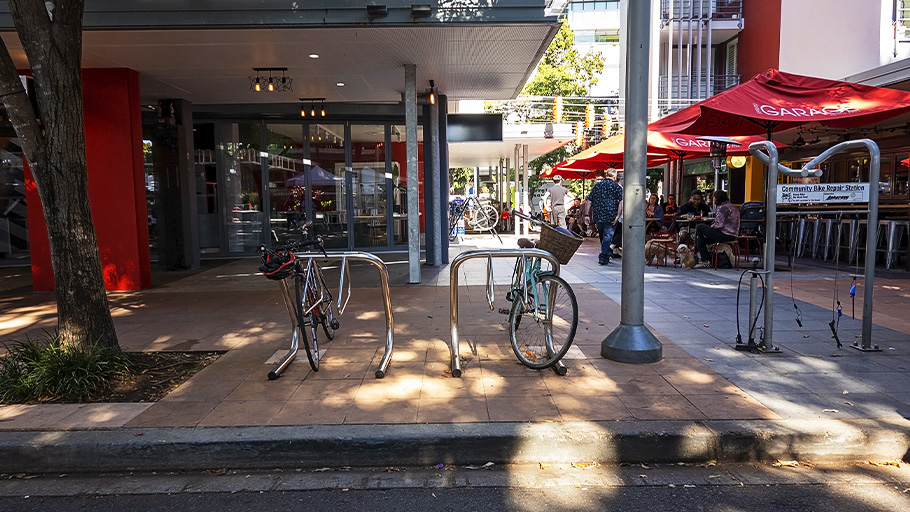
Bike racks have come a long way since their inception in the 19th century. From simple grooved concrete blocks to the modern and innovative options available today, bike racks have become much more than just a functional necessity. They are now an integral part of urban design, with aesthetically pleasing and secure bike parking options becoming increasingly important in supporting cycling as a mode of transportation and recreation.
As cities continue to prioritize sustainable cities, the demand for bike-friendly spaces will continue to grow. The evolution of bike rack design will also continue, with new and innovative options emerging to meet the ever-changing needs of cyclists and municipalities.
